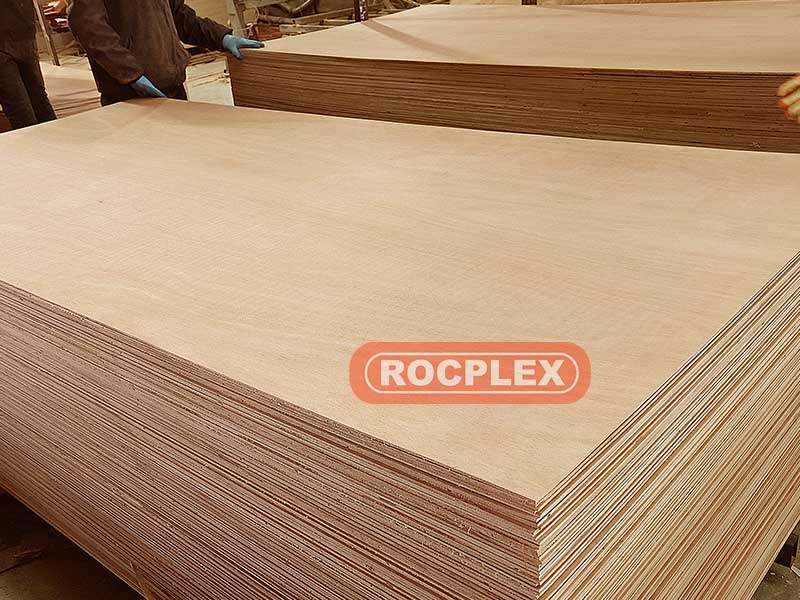Structural plywood sheets are essential building materials widely used in construction projects. From framing and flooring to roofing and sheathing, plywood sheets offer strength, versatility, and cost-effectiveness.
In this comprehensive guide, we will explore the key factors to consider when selecting and using structural plywood sheets, to ensure successful construction outcomes.
Understanding Structural Plywood Sheets:
What is Structural Plywood?
Structural plywood is a strong and durable engineered wood product made from thin layers of wood veneer glued together. It is specifically designed to provide structural stability and support in construction applications.
Grades of Structural Plywood
Structural plywood is available in different grades, ranging from A to D. Each grade indicates the plywood’s strength, appearance, and intended use. It’s important to select the appropriate grade based on your specific construction needs.
Benefits Of Structural Plywood Sheets:
As mentioned earlier, it is important to find the right structural plywood sheets for your project. At ROCPLEX, they provide various grades of structural plywood for customers to choose from, from A to D.
Here is a very cost-effective and practical CD-level plywood sheet for you:
1. Strength and Stability:
ROCPLEX’s CD-level plywood sheets offer the strength and stability required for various construction projects. Made from high-quality timber veneers bonded together with a strong adhesive, these sheets provide exceptional structural integrity, allowing them to withstand varying loads and maintain their shape over time.
2. Easy Handling and Installation:
With a thickness of 4mm, these it strike the perfect balance between strength and flexibility. They are lightweight and easy to handle, making the installation process more convenient and efficient. The thinner profile also allows for precise cutting and shaping, making them ideal for intricate and detailed construction work.
3. Versatility and Adaptability:
ROCPLEX’s CD-level plywood sheets are designed to be versatile and adaptable to different design and building needs. Whether you’re constructing partitions, cabinets, furniture, or other structural components, these sheets provide a reliable foundation for your project. Their generous dimensions of 2400 x 1200 millimeters offer ample coverage for a wide range of applications.
4. Cost-Effective Solution:
These CD-level plywood sheets from ROCPLEX provide a cost-effective solution for structural requirements without compromising on quality.

They offer the strength and durability needed for construction projects while being affordable and budget-friendly. Choosing these plywood sheets ensures that you can meet your structural needs without exceeding your project’s budget.
Selecting The Right Structural Plywood Sheets:
Before you begin looking for the right structural plywood sheets, it is important to consider your project’s needs. The following factors can help you determine which type of structural plywood sheets are best suited for your requirements:
- Consider the Application
Identify the specific application of the plywood sheets. Whether it’s for subflooring, sheathing, or decorative purposes, understanding the intended use will help you choose the right grade and thickness.
- Understanding Plywood Grades
Familiarize yourself with the grading system for structural plywood. Grades such as CDX, ACX, and BCX indicate the quality and suitability for different applications. Consider the specific requirements of your project and select the appropriate grade accordingly.
- Assessing Thickness and Size
The thickness and size of plywood sheets play a crucial role in their performance. Determine the load-bearing requirements, span, and spacing to determine the appropriate thickness. Additionally, ensure the dimensions of the it match the needs of your project, minimizing waste and improving efficiency.
- Checking for Defects
Inspect the it for any defects, such as knots, voids, or delamination. These imperfections can compromise the strength and stability of the plywood. Choose sheets with minimal defects to ensure optimal performance and longevity.
Proper Handling And Installation:
It is important to handle the plywood sheets with care. Minimize the number of times you lift them, and use proper lifting techniques when doing so. Avoid dropping or slamming the plywood sheets onto a hard surface; instead, place them gently.
Handling and Storage
Store it in a dry and well-ventilated area, protected from moisture and direct sunlight. Avoid stacking them directly on the ground to prevent moisture absorption. Proper handling and storage will help maintain the integrity of the plywood sheets.
Preparation before Installation
Ensure the surface where the plywood will be installed is clean, level, and free from debris. Make any necessary repairs or adjustments to ensure a solid and stable base for the plywood sheets.
Installation Techniques
Follow the manufacturer’s guidelines and recommended installation techniques for the specific application of the plywood sheets. Use appropriate fasteners and adhesives to ensure secure attachment and structural integrity. Proper installation techniques will optimize the performance of the plywood sheets.
Maintenance And Care:
Wooden sheets are susceptible to moisture damage, especially if they are not properly maintained. If you live in a humid climate or intend on using your plywood for a marine application, be sure to keep it dry and do not store it outdoors.
Regular Inspections
Periodically inspect the plywood sheets for signs of damage, such as cracks or moisture-related issues. Promptly address any issues to prevent further deterioration and ensure the continued structural integrity of the construction.
Moisture Protection
Apply a suitable finish or coating to protect the plywood sheets from moisture, especially in areas prone to high humidity or water exposure. This will help prevent warping, rotting, and delamination, prolonging the lifespan of the plywood.
Cleaning and Maintenance
Clean the plywood sheets regularly using a mild detergent and water solution. Avoid using harsh chemicals or abrasive materials that may damage the surface. Additionally, repair any surface damage promptly to maintain the aesthetics and functionality of the plywood sheets.
Final words:
By considering the factors outlined in this guide, you can confidently select and utilize structural plywood sheets in your construction projects.
Remember to assess the grade, thickness, and size based on the application, handle and install the plywood correctly, and implement proper maintenance practices. By doing so, you’ll maximize the benefits of structural plywood sheets and ensure the success of your construction endeavors.
Post time: 6 月-13-2023

